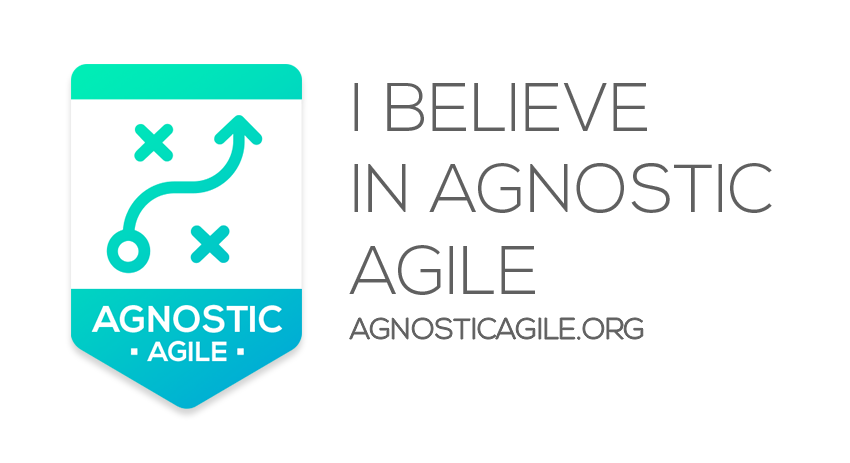An information radiator displays information in a place where passersby can see it. With information radiators, the passersby don’t need to ask questions; the information simply hits them as they pass. – Alistair Cockburn
 Information radiators are used to help provide transparency by conveying information visually. The general idea behind them is to make a project’s information (or any team’s information) as visible and easy to understand as possible. You want to be able to look and understand without struggling to interpret.
Information radiators are used to help provide transparency by conveying information visually. The general idea behind them is to make a project’s information (or any team’s information) as visible and easy to understand as possible. You want to be able to look and understand without struggling to interpret.
A common phrase used when talking about information radiators is the “Big Visible Chart” or the BVC. The idea is to make sure that the information can be seen by any that may be interested in the progress of the project. This is where a Big Visible Chart comes in. Within an office environment, a large display – video or a physical board – can be set up to show off the information to any that pass by.
According to Alistair Cockburn, there are two characteristics of a good information radiator:
- The information should change over time to make it worth looking at
- The information should be easy to view with very little effort required
Books on Creating a Visual Work Environment
Information Radiators on Virtual Teams
Within virtual teams, the concept of a Big Visible Chart isn’t as readily available nor is it needed to ensure that teams are transparent in their reporting. Many tools have been made to address the issue of ensuring that information can be transferred readily and continuously – something a physical board with manual reporting cannot do.
Most Big Visible Charts I have seen in person were on large computer monitors hung up on walls. There are zero good reasons why this cannot be applied to someone working remotely and used effectively. The largest issue you might face is working to ensure that the information can be viewed with very little effort by someone at home on a work laptop. No one wants to dig around multiple websites and click through dozens of projects to find what you need (My experience tells me this is where companies fail frequently).
A few items to consider for information radiators on virtual teams:
- There should be a dedicated virtual space for all projects to come together.
- It should be easy to find, perhaps linked to from the internal company home directly, right on the front page
- The only thing on that dedicated space should be project names with a general status indicator and search functionality to help find a specific project
- Don’t place any fluff about company news on the space, that is just a distraction
- Project lists should be organized in a way that makes sense
- A way that makes sense to everyone, not just the team that builds the space – that requires additional input
- This isn’t always just straight alphabetical order but could also be by functional groups or project type
- Going to a project and clicking on it should provide detailed information about that project
- Again – don’t place any fluff on the page, the only thing on that page should be information specific to that project and a way to get back to the main page
- It should be open to everyone in the organization to view basic statuses of projects
- You can’t be transparent when you hide basic non-sensitive information like simple status updates of a project
- If the project isn’t classified or protected by law, there should be no reason it cannot be viewed by everyone
Sources:
Cockburn, 2001. http://www.informit.com/articles/article.aspx?p=24486
Categories: Agile, Leadership





